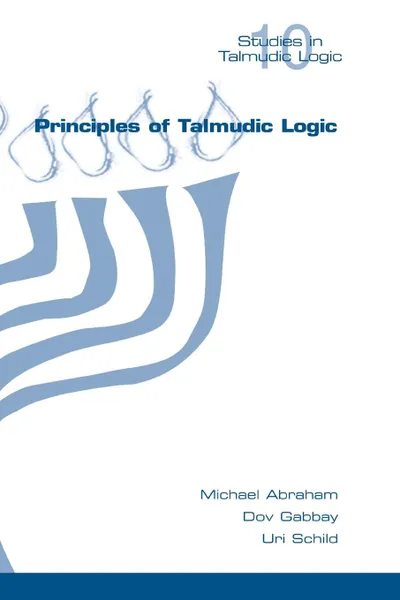Principles of Talmudic Logic 12+
304 страницы
Категория: Учебная литература
ISBN: 9781848900936
Язык: Английский
📗 This book puts forward new logical systems suitable for modelling Talmudic and Biblical reasoning and argumentation.The Talmud is very logical. It is said that when God gave Moses the Ten Commandments, He also gave him additional laws and rules of logic to enable human beings to derive more laws.Together with colleagues the authors have already written 8 books on the logic of the Talmud and the project will involve 15-20 volumes. The authors have discovered principles which can be exported to current research in scientific communities, as well as human common sense reasoning and laws as tackled by religious thinking.Topics in this book include:1 Non-deductive Inference in the Talmud:The book includes a new topological matrix method for analogical reasoning, completely new to existing AI methods which rely on metric distances.2 The Textual Inference Rules Klal uPrat. How the Bible Defines Sets:Traditional set theoretic methods for defining sets are either by enumeration of its elements or by a predicateformula. The biblical way is a common sense combination of the two, approximating the set from above and from below by predicates, supplemented by a small number of typical members of the set.3 Talmudic Deontic Logic:The Talmud has its own Deontic Logic, free of the traditional paradoxes.4 Temporal Logic in the Talmud:The Talmud allows for special conditionals with antecedents depending on the future and consequents valid in thepresent. This new type of logic allows for backward...
Мнения
